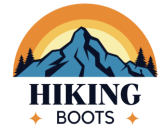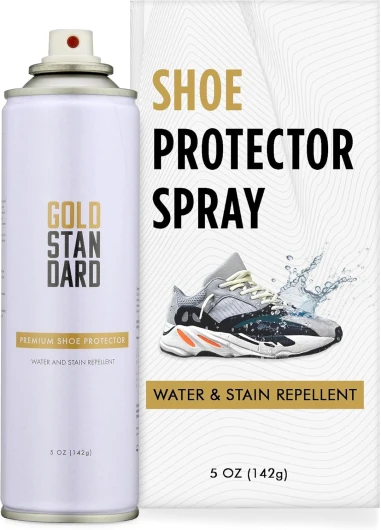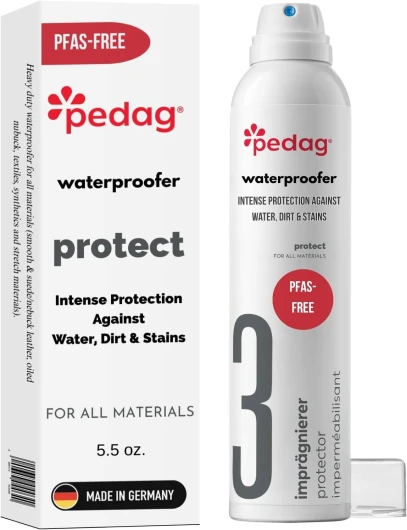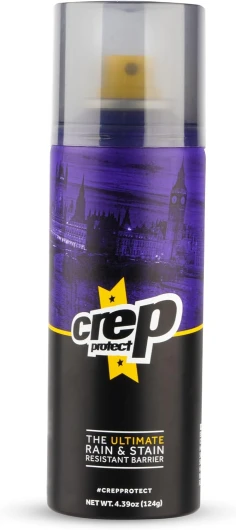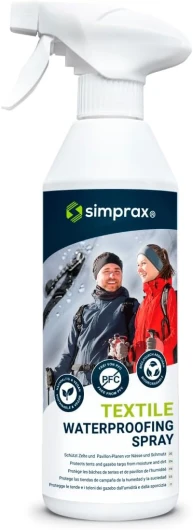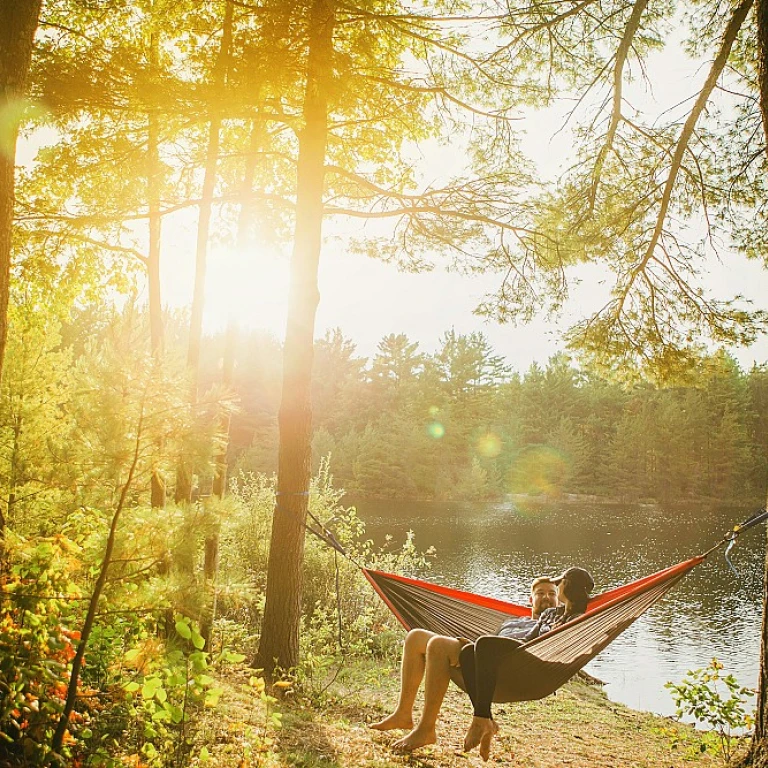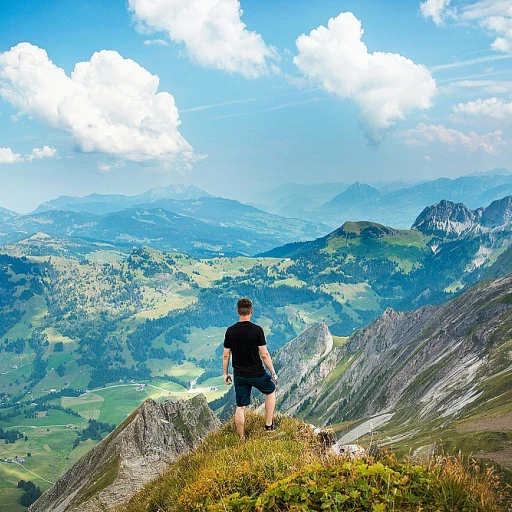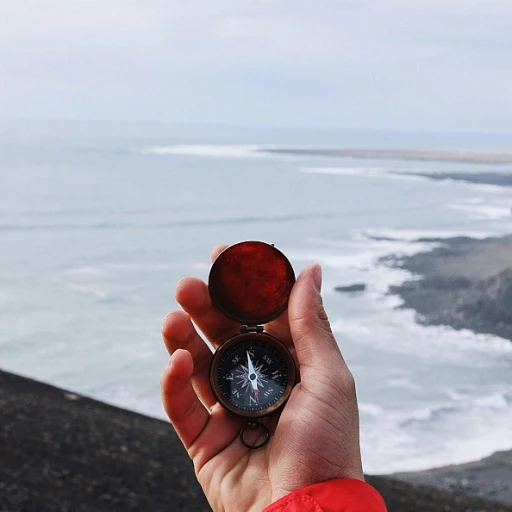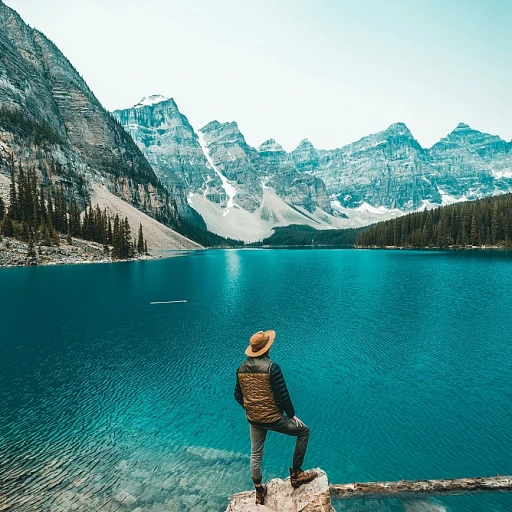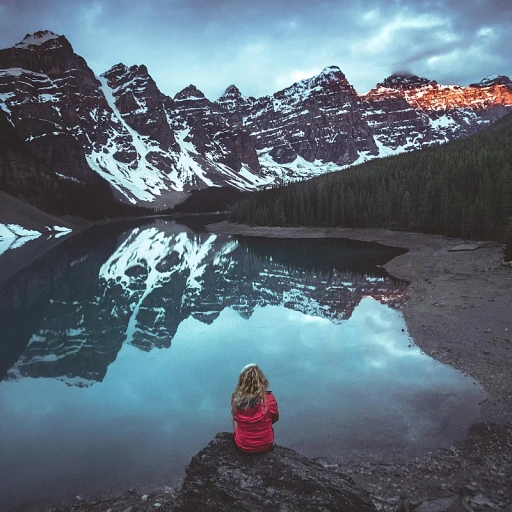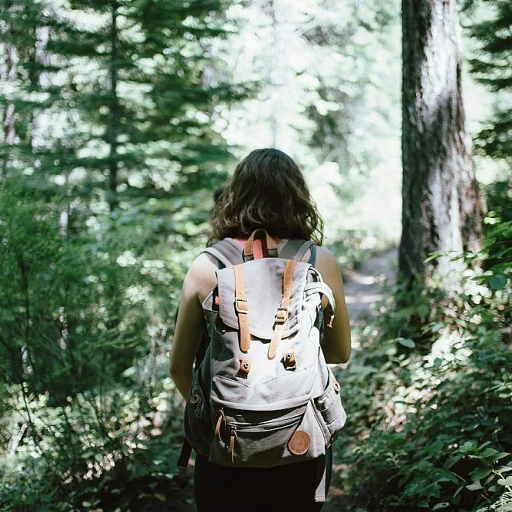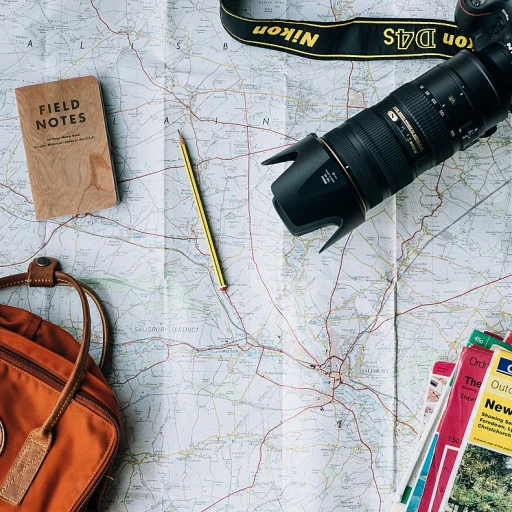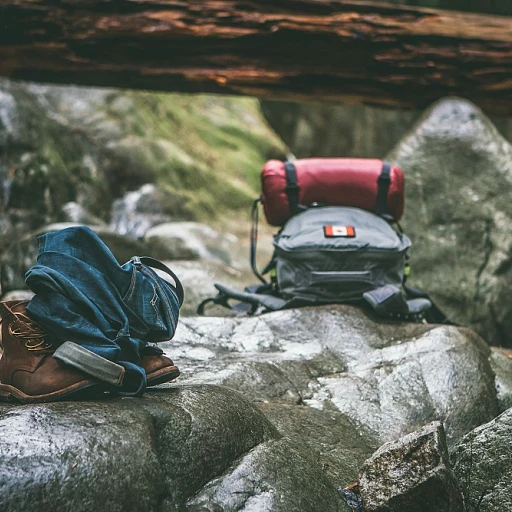
Understanding the Importance of Waterproofing
The satisfaction of a successful hiking adventure often hinges on well-maintained hiking boots that can efficiently keep water at bay. This is where the magic of waterproofing comes into play. Not only does it protect your footwear from the intrusive forces of water, rain, and wet terrain, but it also extends their lifespan and retains the original comfort.
Why Could Your Hiking Gear Need Waterproofing?
Whether you're trekking through a damp forest or caught in a sudden downpour while reaching for your rain jacket, the application of waterproofing sprays can be your best ally. They bring a water-resistant barrier to fabrics, from Gore-Tex layers to leather, that helps maintain dryness and comfort.
Products like Nikwax and Gear Aid often come highly recommended for their ability to maintain water repellency, enhancing your gear's durability. The fine distinction between water resistance and water repellency can impact how effective your footgear remains when confronted by heavy-duty water challenges.
As hikers, pinpointing the best waterproofing spray is crucial. It's not just about picking the top-rated product on Amazon or benefiting from a Prime Day deal; it's about choosing an effective solution for your particular material needs—be it nubuck suede or traditional leather.
Making waterproof spray an integral part of your outdoor routine ensures that your equipment, from boots to clothing, remains ready for whatever the trail throws at you. Beyond the initial waterproofing application, knowing how to wash and maintain these water-based protectants keeps you a step ahead of the elements.
Types of Waterproofing Sprays
Exploring Different Varieties of Sprays
Choosing the best waterproofing spray for your hiking boots primarily involves knowing the types available on the market. Different sprays serve various purposes and are formulated for specific fabric and leather types. Here's a brief rundown of the most prominent options.
- Silicone-Based Sprays: These products, like Kiwi Camp Dry, offer a versatile and heavy-duty solution, providing excellent durability for leather and fabric. A perfect blend for those who frequently find themselves in damp environments.
- Fluoropolymer Sprays: Known for enhancing water repellency, products like Gear Aid are great for a range of fabrics including Gore-Tex. These sprays create a thin film over surfaces, ensuring an optimal water-resistant barrier.
- Wax-Based Sprays: Nikwax and similar wax-based versions often work wonderfully on nubuck suede and leather. Whether it's keeping your fabric guard and leather dry or maintaining a rain jacket's water-resistant quality, these sprays are highly regarded by outdoor experts.
Understanding which waterproof spray best aligns with your outdoor gear needs can profoundly influence your hiking experience. By choosing products tailored to your specific boot material, you're not only enhancing water resistance but also ensuring a longer lifespan for your boots. Dive deeper into the broad array of options at exploring the benefits of minimalist hiking boots and find the spray that matches your outdoor journey.
How to Choose the Best Fabric Waterproofing Spray
Finding the Right Waterproofing Product for Your Gear
When you're on a quest to find the best waterproofing spray for your hiking boots, understanding the fabric and material of your gear is crucial. Whether your boots are made of nubuck, suede, leather, or a combination of these, selecting the appropriate waterproofing product enhances their durability and performance, keeping them dry and resisting water exposure. To choose the best waterproofing spray, consider the following factors:- Material Compatibility: Ensure that the spray is suitable for the fabric or leather of your boots. For example, products like Nikwax are well known for their efficacy on fabrics and leather, while Kiwi Camp Dry is often praised for its effectiveness on heavy-duty gear.
- Water Repellency: Look for sprays that promise durable water repellency. These products are designed to withstand harsh weather conditions, keeping your boots water-resistant.
- User Reviews and Expert Recommendations: Checking online reviews on platforms like Amazon can provide insight into a product's performance. Five-star ratings often indicate reliability, but be sure to analyze the feedback for nuances.
- Brand Reputation: Well-established brands like Gear Aid and others have built trust over the years. Opting for reputable brands can be a wise choice when concerned with water resistance and longevity.
- Ease of Application: Some products like fabric guards might be easier to apply, fitting seamlessly into your outdoor gear maintenance routine.
Application Techniques for Optimal Results
Perfecting Your Waterproofing Application Technique
Applying a waterproofing spray to your hiking boots is crucial for preserving their water resistance. First, gather your gear: the footwear, chosen spray, and some protective covering for your workspace. Many factors influence the outcome, from the type of spray to the application method, so let's dive in. Start by ensuring your boots are clean and dry. Any residue, like dirt or oils, can reduce the spray’s effectiveness. Boot cleaning might involve using a product like a fabric-specific wash or a gentle brush to remove stubborn dirt. Steps for Ideal Application:- Test First: It's a good idea to test the product on a less conspicuous area of the boot. This checks for adverse reactions or changes in color, as some sprays can darken certain leathers or fabrics.
- Shake and Spray: Most sprays, like those from brands such as Nikwax or Gear Aid, recommend shaking the bottle well. This ensures an even distribution of the waterproofing agents in the spray. Hold the bottle approximately six to eight inches away from the boot for optimal coverage.
- Even Distribution: Apply the spray evenly across the surface, ensuring that all areas, including seams and stitching, are covered. Pay particular attention to high-wear zones that are more prone to water penetration.
- Multiple Coats: Depending on the product, a second coat may be necessary for heavy-duty protection. Always check the manufacturer’s instructions on the spray for specific guidelines.
- Drying Time: Allow ample drying time. Some sprays require several hours, and ideally, drying should occur at room temperature away from direct sunlight.
Maintaining Waterproofed Hiking Boots
Ensuring Longevity and Performance
Regular maintenance of your hiking boots is crucial to upholding the quality of the waterproofing sprays you've applied. Consistently assessing the condition of the boots and reapplying a waterproof spray when necessary will ensure they continue to resist water effectively.- Regular Cleaning: Start by cleaning your boots thoroughly. Mud, dirt, and other debris can compromise the spray's effectiveness. Use a gentle brush to remove residual dirt. A mild soap or a specialized boot wash can further cleanse the fabric or leather without damaging it.
- Select Proper Products: The market is flooded with waterproofing products. Ensure you're using sprays specifically designed for your boot material, whether it's leather, nubuck, suede, or synthetic fabrics. Brands like Nikwax and Gear Aid offer specialized solutions that can renew water repellency after heavy use.
- Reapplication Schedule: Reapplying your waterproofing spray regularly is essential to maintain high-level water resistance. While most sprays, such as Kiwi Camp or Camp Dry, provide guidelines, frequency largely depends on the conditions you expose your boots to. If you frequently hike in wet conditions, more frequent applications might be necessary.
- Storage Practices: After use, allow your boots to air dry completely. Avoid direct sunlight or heat sources, as they can degrade both the fabric and the waterproofing treatment. Storing them in a cool, dry place will prevent any moisture buildup that can lead to mold or mildew.
Common Mistakes to Avoid
Avoiding the Pitfalls of Waterproofing Maintenance
Waterproofing your hiking boots is crucial for keeping your feet dry, but there are common mistakes that could compromise the effectiveness of your efforts. Understanding and sidestepping these errors can extend the life of your boots and enhance your outdoor experience.- Inadequate Cleaning: Before applying any waterproofing spray, ensure your boots are thoroughly clean. Dirt and grime can hinder the absorption of the waterproofing product, whether it's a fabric spray or a heavier-duty substance like Nikwax or Kiwi Camp Dry. Use a brush to remove debris and, if needed, wash with a gentle soap. Let your boots dry completely before spraying.
- Wrong Product for the Material: Not all waterproofing sprays or treatments are suitable for every type of material. Water-resistant Gore-Tex fabrics require different products than leather or nubuck suede. Be sure to check the product recommendations for your specific boot material to maintain water repellency.
- Ignoring Manufacturer Instructions: It might be tempting to apply a thick coat to ensure your boots resist water during heavy rains, but this can be counterproductive. Follow the manufacturer's instructions for application techniques to achieve the best results without damaging your outdoor gear.
- Not Reapplying Regularly: Waterproofing sprays lose effectiveness over time, especially with frequent exposure to water and environmental conditions. Make it a routine to inspect your boots and reapply the spray as needed, ensuring continued protection during your travels.
- Overlooking Drying and Curing Times: The drying and curing process is essential for waterproofing products to achieve full effectiveness. Ensure ample drying time is allowed after application, avoiding the temptation to wear your boots too soon. This guarantees optimal water resistance before your next hiking adventure.
- Forgetting to Treat Supporting Gear: Alongside your boots, other gear, like a rain jacket or clothing, also requires periodic reapplication to retain their durable water resistance. Extend the life of your entire outdoor setup by considering the water repellency of all components.
